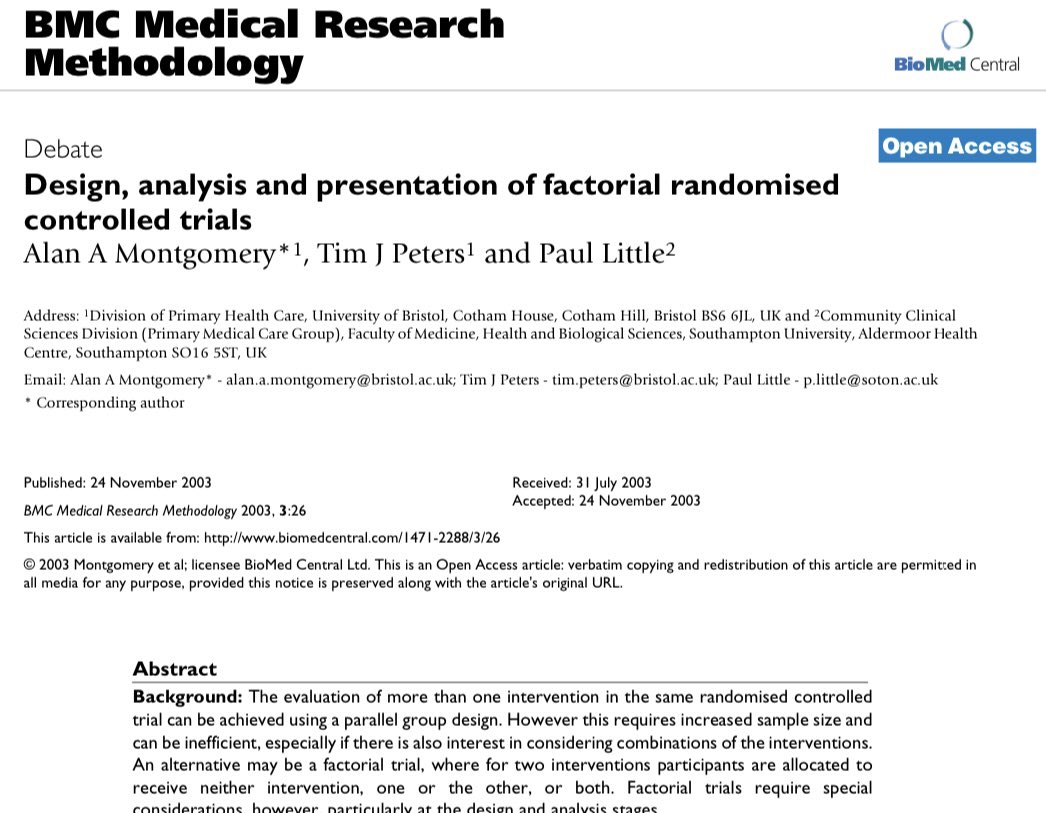One phenomenon that can affect clinical trials is the #HawthorneEffect. This is when purely being involved in a trial can improve performance. 1/9
#MethodologyMonday
#MethodologyMonday
The #HawthorneEffect was named after a famous set of experiments at the Hawthorne Western Electric plant, Illinois in the 1920/30s. 2/9
In one experiment lighting levels were repeatedly changed & with each change, productivity increased .. even when reverting to poorer lighting. This was attributed to workers knowing their work was being observed. Productivity returned to normal after the experiments ended 3/9
In clinical trials the effect can manifest in improved performance in the control group (compared to normal practice) due to being in a trial and having to report on it. This can lead to the intervention effect potentially being diluted & the power of the study being affected 4/9
Having an integrated #ProcessEvaluation in the trial can be crucial to identifying if normal practice is being affected by involvement in the trial. It also allows for timely refinement of trial processes to minimise any deviations from normal practice thus minimising effects 5/9
Additionally Data Monitoring Committees regularly review the emerging data from both intervention and control groups and may be able to identify early if the trial control rates assumptions are not holding. This may potentially lead to a review of sample size assumptions 6/9
An alternative strategy possible in some fields (eg guideline evaluation) is to adopt an active control in an attempt to address the Hawthorne effect directly through use of designs such as a balanced incomplete block or Latin square design. 7/9
sciencedirect.com/science/articl…
sciencedirect.com/science/articl…

Here one group implements guidelines for condition 1 and acts as a control for condition 2; whilst the other reverses this - implements the guideline in condition 2 but is control for condition 1 (thus both are interventions and controls - equalising the Hawthorne effect) 8/9
There remains a lot of uncertainty however about the range of non-specific effects seen in trials. As flagged by McCambridge et al there is a real need for research (& likely development of new concepts) to further clarify the types of effect observed 9/9
jclinepi.com/article/S0895-…
jclinepi.com/article/S0895-…

• • •
Missing some Tweet in this thread? You can try to
force a refresh

 Read on Twitter
Read on Twitter









